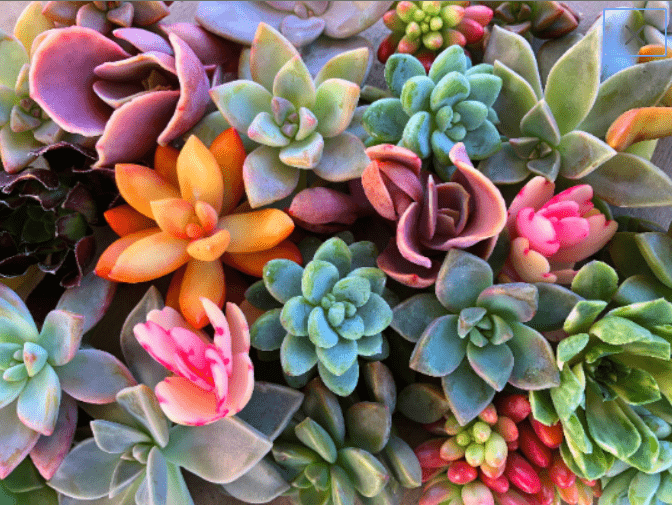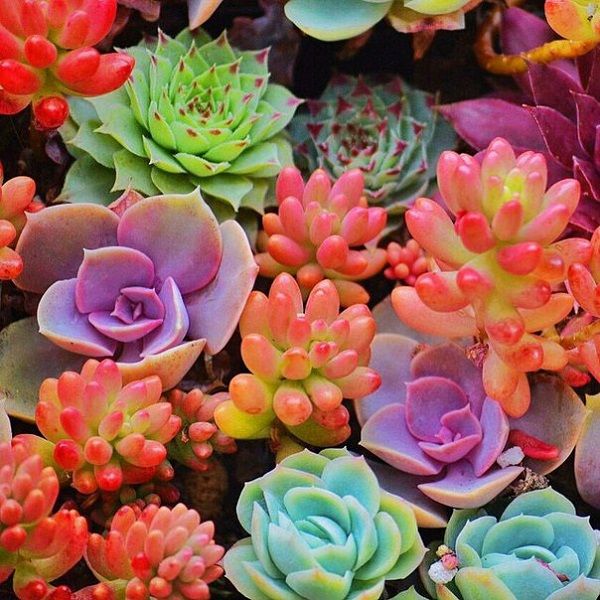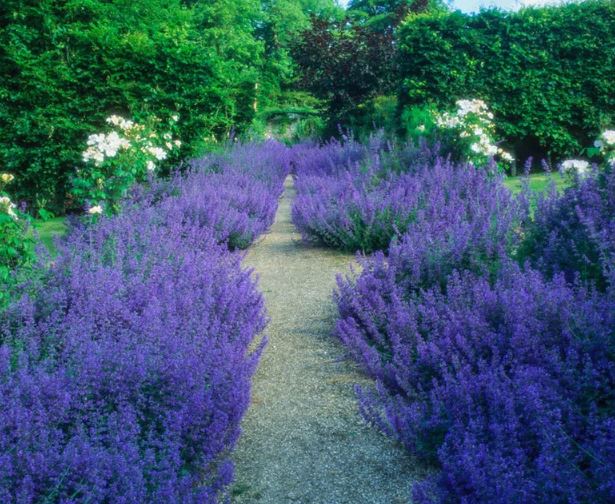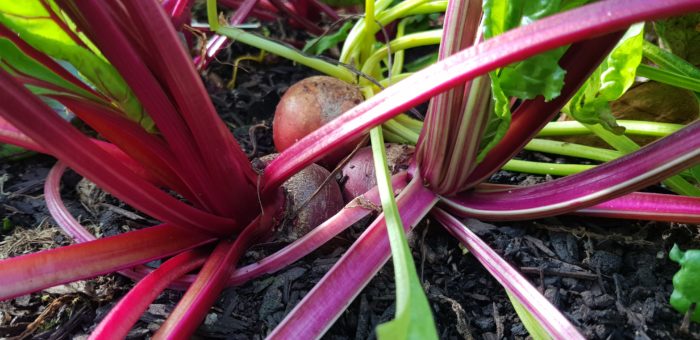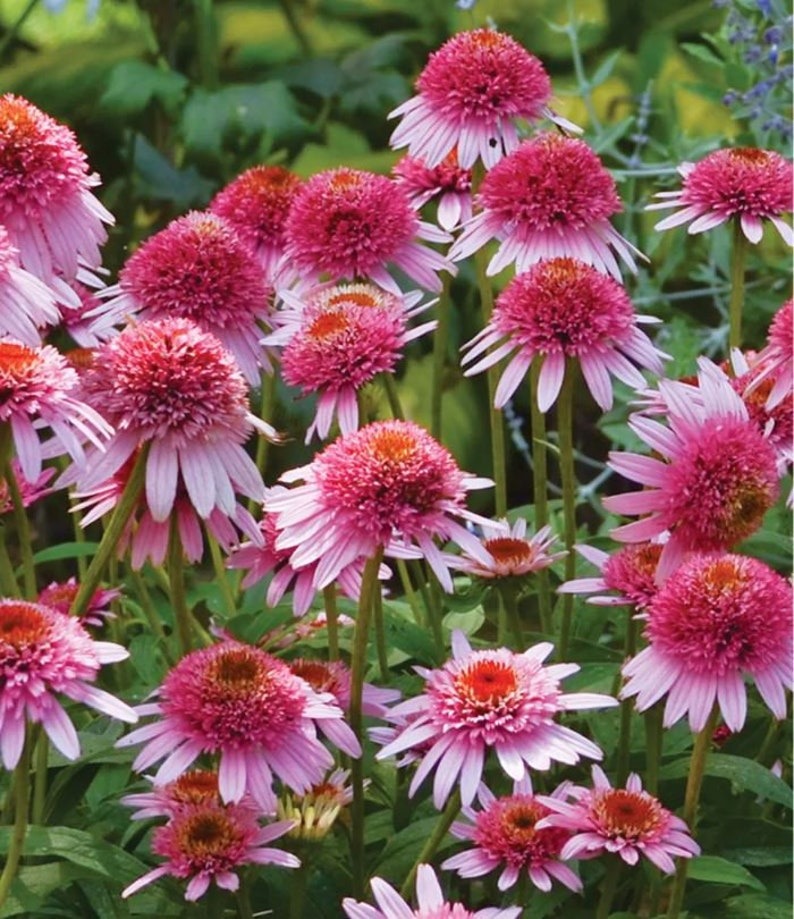Succulents can be the best and easiest house plants to grow. In this article we will talk everything from succulent care through growing succulents indoors at home.
The plants are drought resistant plants in which the leaves, stem, or roots have become more than usually fleshy by the development of water storing tissue.
Growing Succulents Indoors
At home, indoors, succulents love light and need about six hours of sun per day, depending on the type of succulent. Newly planted succulents can scorch in direct sunlight, so you may need to gradually introduce them to full sun exposure or provide shade with a sheer curtain.
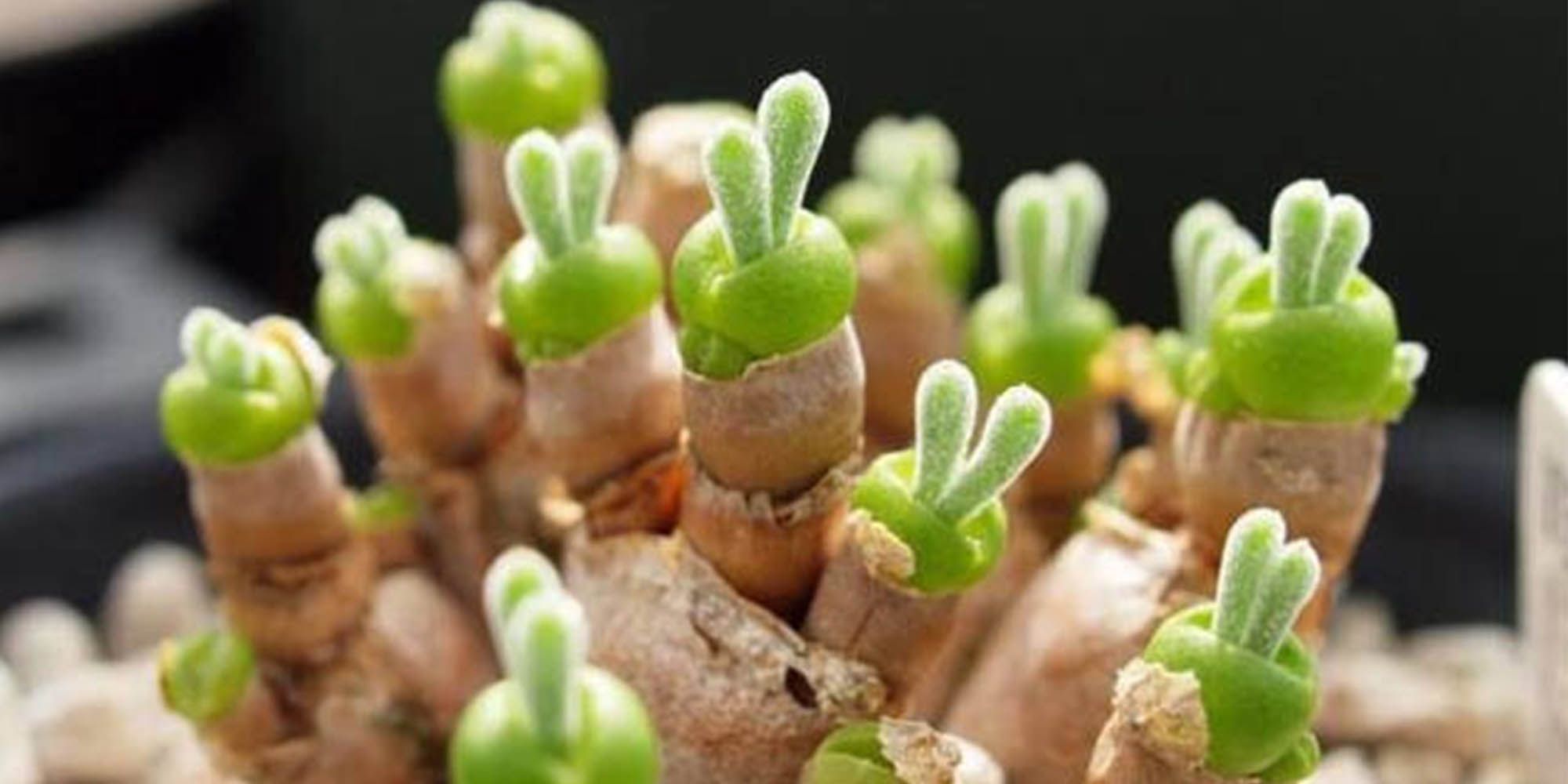
Succulent Care
Plant care is crucial to keep a healthy plant. Although, they are tough and rugged you want to grow a nice full healthy houseplant.
1. Proper Light for Succulents
Succulents love light and need about six hours of sun per day, depending on the type of succulent. Newly planted succulents can scorch in direct sunlight, so you may need to gradually introduce them to full sun exposure or provide shade with a sheer curtain.
2. Rotate Succulents Frequently
Succulents love direct sun, but if yours is sitting in the same exact spot day after day, it’s likely that only one side is getting enough light. Langton and Ray suggest rotating the plant often. Succulents will lean towards the sun, so rotating them will help them stand up straight. (Leaning may also be a sign that they need to be in a sunnier spot.)
3. Water According to the Season
Just like us, succulents need more energy when they’re in a period of growth. During the spring and summer, the plants are thriving and drinking up much more water than when they’re resting in the fall and winter. Langton and Ray recommend testing the soil with a finger—when the top 1.25 inches are dry, grab your watering can. Overwatering can kill your succulent, so make sure you let the soil dry between waterings.

The most important rule for watering succulents is this: Only water when the soil in the succulents’ growing container is bone dry. We repeat, let the soil dry out completely between waterings. If the soil isn’t crumbly, dry dirt, don’t water it. See, most houseplants want their soil moist at all times.
4. Water the Soil Directly
When you water your succulents, soak the soil until water runs out of the drainage holes. (If your container doesn’t have drainage holes, use less water.) Don’t use a spray bottle to water your succulents—misting can cause brittle roots and moldy leaves . You can also place pots in a pan of water and allow the water to absorb through the drainage hole. Once the top of the soil is moist, remove from the pan.
5. Keeping Succulents Clean
Your plants will tend to pick up dust and debris over time. It is important to keep them clean to stay healthy.
Wipe off the leaves and spines gently with a damp cloth (use a soft paintbrush to get at hard-to-reach spots).
There are several succulent tools you can purchase fairly cheap as illustrated in the photo below.

6. Succulent Pot Drainage
Succulents don’t like to sit in waterlogged soil, so drainage is important to prevent rot. Your container should have a drainage hole to allow excess water to escape.
Potting Succulents
Terra-cotta pots are ideal for beginners.
Make sure your plants do not sit in water. When looking for the right pot to plant with or to repot it needs to have holes in it to drain. If this would be a problem find a bottom plate to catch the over flow or drainage of water to protect your home.
7. Plant Succulents in the Right Soil
Succulents need soil that drains, so regular potting soil—or dirt from your yard—won’t do. Choose cactus soil or mix potting soil with sand, pumice, or perlite. Succulent roots are very fragile so be gentle when repotting.
Repotting Succulents
A good time to repot your plants is when they become root bound where there are no more useable room for the roots to expand. Increase your pot size by 50% and use a good succulent potting mix.
8. Get Rid of Pests
Pests shouldn’t be a problem for indoor succulents, but occasionally you may have to deal with bugs. Gnats are attracted to #succulents that are planted in soil that is too wet and doesn’t have proper drainage.
To get rid of eggs and larvae, spray the soil with 70 percent isopropyl alcohol. Mealybugs are another pest succulent owners have to deal with.
Overwatering Succulents
Overwatering succulents can cause insects to infect the plant. A main pest is the mealybug.
Over Fertilizing Succulents
Overwatering and overfertilizing are the common causes of mealybugs. Move infected plants away from other succulents and spray with 70 percent isopropyl alcohol or get a insect spray that is safe for your succulents.
9. Fertilize Succulents in the Summer
Succulents don’t need much fertilizer, but you can give them light feedings during the spring and summer growing season. Be careful not to overfertilize—this can cause your succulent to grow too quickly and become weak.
Succulent Plant Food
A mild succulent fertilizer can be found at your local nursery or online in the form of water soluble plant food.
Just make sure it is indeed for succulents. It should state “Succulent” on the contents of the bottle or box.

Sunlight for Succulent Plants

Succulent Sunlight
In general, succulents need at least 4-6 hours of sunlight a day to keep them happy. They love being in bright and sunny locations.
Temperature and water can affect color, but one of the most influential factors is the amount of sunlight the succulent receives.
If you have a low light succulent remember the leaves, stems, and roots are full of water – they’ll burn in full hot sun. If they survive, the leaves will be thin and discolored and may start to drop off. It is important to know the suggested area for growing your succulents.
Once you know the recommended comfort zone for your particular plant it is easy to grow.
Color Changing Succulents
The color changers include some aloes, aeoniums, crassulas, echeverias, sedums, kalanchoes, sempervivums, and euphorbias.
Aloe a Color Changing Succulent
Orange
If your aloe plant is turning orange, it could be an indication of drought stress and root loss. Root loss generally occurs due to over or underwatering a plant, so if you’ve not watered your aloe in ages (or have been overwatering it of late), it could be due to the decreased or increased moisture content in the soil.
This is one way to provoke it to change for a short period.
Red
If your aloe plant is turning red, it could signify a reaction to intense sunlight, stress from cold temperatures, underwatering, fertilizer shock, and sometimes even repotting.
To try and change it to red give it a little more intense sunlight than normal. If it is too much the ends will start to burn or turn brown, scale back if this happens. A short stress period will not harm you plant. Just be sure to watch for additional signs of stress then pull back.
Aeoniums is a Color Changer
You can try a short period of stress for the plant to change it’s color. Its perfectly healthy for them.

Aeoniums is a genus including about 35 succulent plant species with unusually glossy, waxy leaves arranged in rosettes.
Native to the Canary Islands and Morocco, aeoniums thrive outdoors in zone 9 (and higher if in dappled shade). Prune and replant in autumn.
Aeoniums are fleshy leaved succulents that grow in a pronounced rosette shape. Growing aeoniums is easy in areas with few freezes.
Crassulas Another Leaf Color Changer Succulent
Crassulas come in many different shapes and sizes. They look like triangles bunched together but there are rounded crassulas as well. Very beautiful leaves of cactus succulents.

When the plant is exposed to a lot of sun, especially full sun the leaf color will change.
When the weather turns really hot or really cold. You will notice your plant turning red or changing colors during the hot summer months and cold winter months.
Also, when the plant is watered sparingly this will cause a change in leaf color. Look at it like fasting.
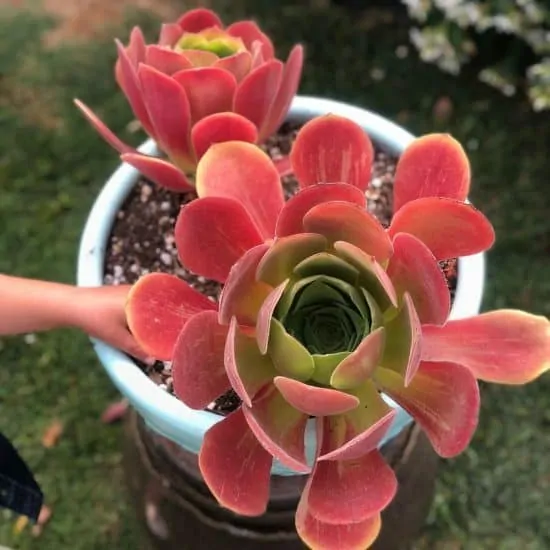
Leaf Changing Succulents in Fall
Full-Sun Succulents
After cacti, Sedum are the succulents best known for tolerating full sun.
Sun-loving succulents tend to be shades of pink, red, or purple and their pigments become more vibrant when they’re exposed to more sunlight, as seen in the varieties pictured below.
Many of them will change to a bright color in Fall as the sun starts to fade and the nights get longer.
Turning Succulents Red
Some succulents red color can actually mean that the plant is in trouble. Many turn a darker red color from sun scorch so keep that in mind.
Now having said that you can stress your house plants a little to get them to turn red. You do not want to do this all year long but you can simply change their environment just a little.
Resist the urge to water, Add in more daily sun or up the temperature to help aid in changing the color of your succulents.
The proper amount of stress will turn them red. If you see brown tips or wrinkles lay off the stressing.
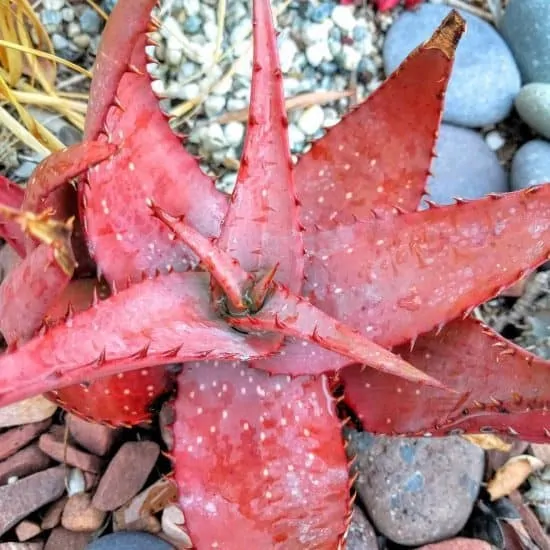
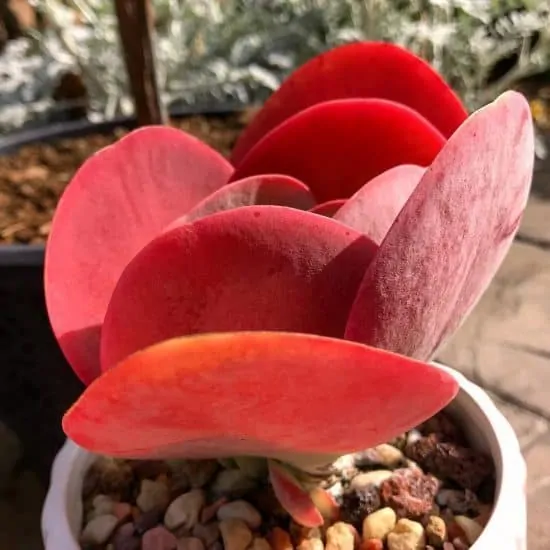
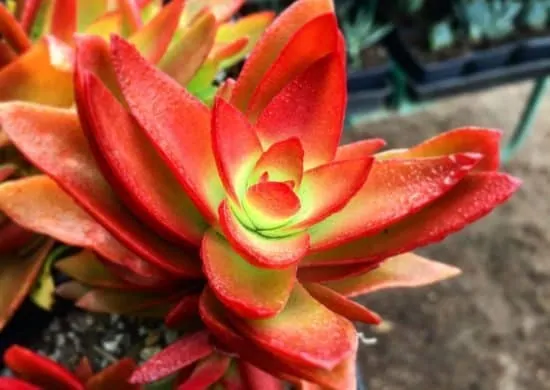
Succulents for Sale
There are a wide variety of succulents and house plants that you can find at respected online plant nurseries.
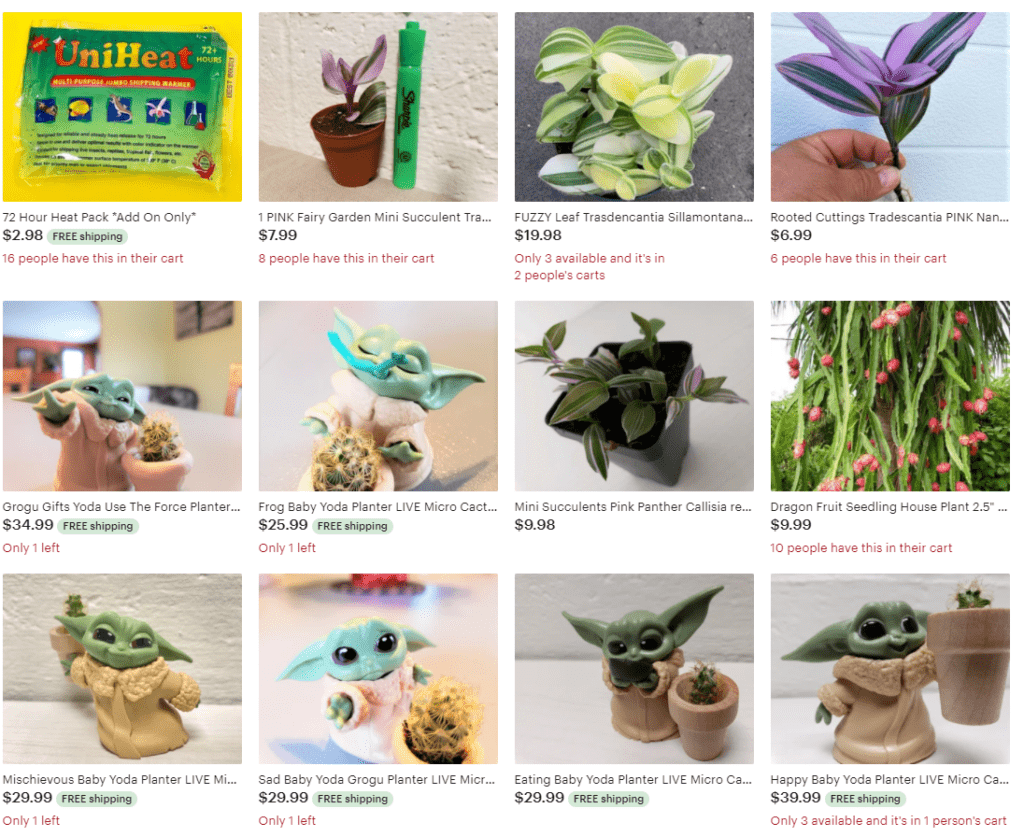
Succulents on Pinterest
There are several boards on Pinterest to follow pertaining to succulents.
